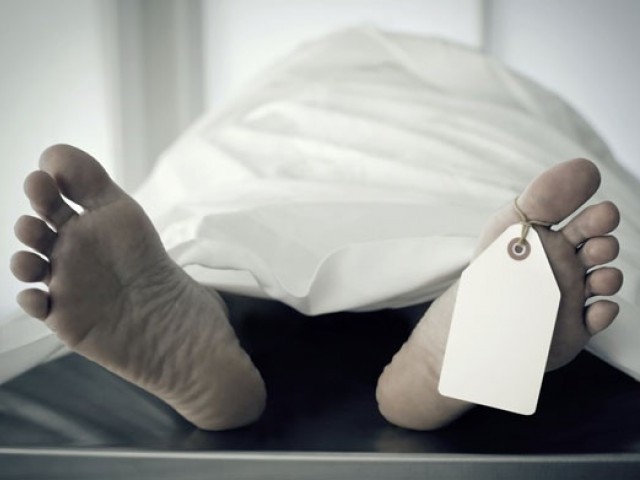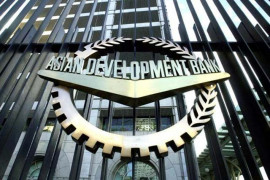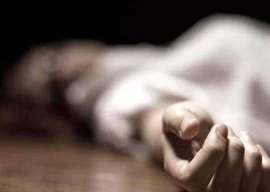
A number of high profile killings and mysterious deaths have made it to national news in the last few years. Per protocol, such cases are required to be followed up by an autopsy report that determines the cause of death. However, despite the questionable circumstances surrounding these deaths, proper post-mortem examinations have remained a rare occurrence in the country, with cases often being processed without declaring a clear cause of death.
This kind of negligence is often what stands between justice and its provision, and has been used by cold blooded criminals to mask their ills and go scot-free.
A matching account is told of December 27, 2007, when former Prime Minister Benazir Bhutto was was assassinated in a firearm and bomb attack immediately after addressing an election rally. The fatal impact, doctors said, was to her temple. However, per the Interior Ministry, her death was attributed to a skull fracture caused by a lever attached to the sun roof of her bulletproof vehicle. Pakistan People’s Party workers on the other hand had claimed that it was a bullet to the neck that took their supremo out.
Officials at the time, under General Pervaiz Musharraf’s government, had requested Bhutto’s husband Asif Ali Zardari in Dubai to grant permission for an autopsy that would have answered the questions surrounding Bhutto’s death. However, the permission was never granted and so the cause of her death remains a mystery to this date.
Similarly, the heirs of National Assembly member and televangelist Dr Amir Liaquat had also refused an autopsy requested by Jinnah Hospital on Thursday, following his death under questionable circumstances.
Dr Hussain’s body was discovered in his room, filled with smoke, by his house staff. According to police officials and Medico-Legal Officers, an autopsy is imperative to confirming the cause of death in his case.
Thus on Friday, the police approached the relevant court for action under Section 174 of the Criminal Code, stating that Dr Amir Liaquat’s body was examined only externally. His body was examined in the cold storage of Chheepa under the supervision of Police Surgeon Karachi. The report was eventually sent to the concerned authorities.
What exactly is an autopsy?
There are two types of postmortem examinations: one is a general postmortem, that deals with external examination of the body. While an autopsy postmortem is a more detailed examination in which the body of the deceased is opened for internal examination and some samples are extracted to determine the cause of death. These samples are then sent to a chemical examiner’s laboratory, where they are chemically analysed and the cause of death is determined.
However, Provincial health department’s former senior additional police surgeon Dr. Kaleem Sheikh, said that there is a widely held impression that the deceased’s body is cut open to conduct a postmortem. This is a myth, per Dr Sheikh who informed that the purpose of a general postmortem is to look for signs of trauma or injury on the body. It helps to determine cause of death. “An internal examination is used to investigate deaths believed to be from poisoning or bullet wounds. This is where medico-legal officers may need to cut open the body or draw samples. However, in case of death from an accident, under mysterious circumstances or murder, the dead body is the property of the state. In this case an autopsy is not left as a choice for the heirs. It is a legal procedure that needs to be carried out,” he informed The Express Tribune.
Published in The Express Tribune, June 12th, 2022.






















COMMENTS
Comments are moderated and generally will be posted if they are on-topic and not abusive.
For more information, please see our Comments FAQ